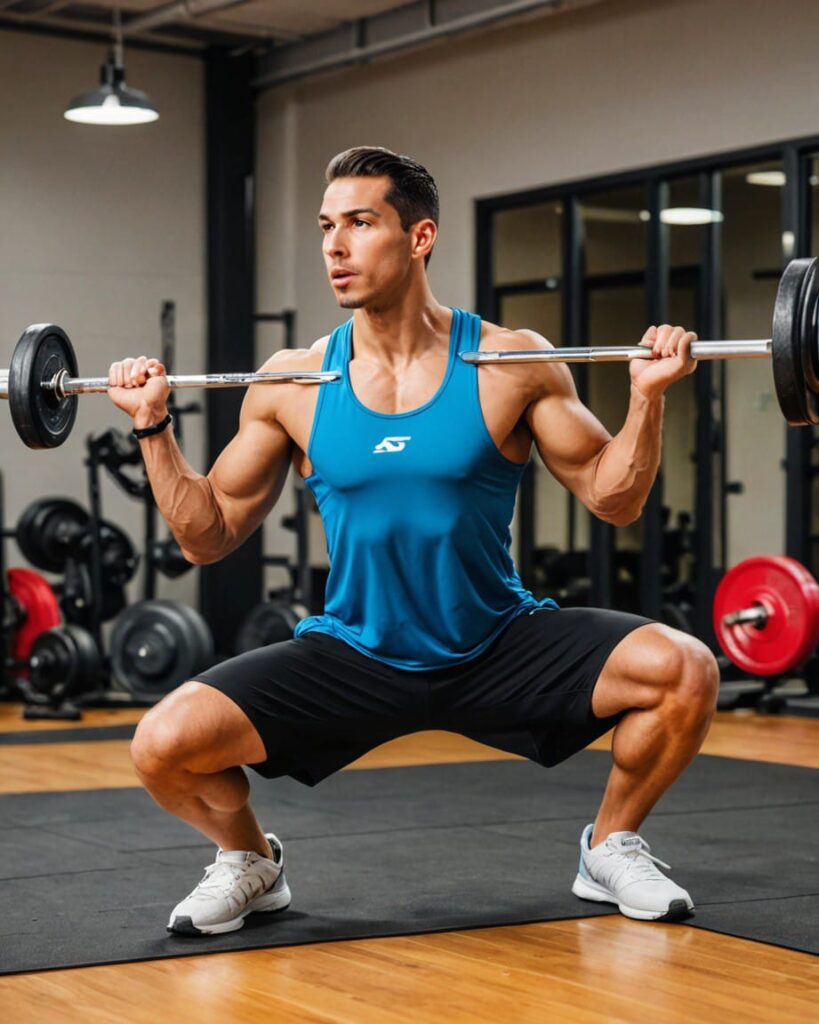Introduction
Prehabilitation (“prehab” for short) is a preventative and structured approach to maximise an athlete’s physical preparedness for the demands of sport. Rehabilitation is for after the injury; prehabilitation is for before: Where rehabilitation aims to repair injuries that have already happened, prehabilitation tries to exploit an opportunity—checking the series of boxes that contribute to an athlete being healthy, not injured, or completely healed.

What is prehabilitation?
Prehabilitation is a prophylactic training approach specifically designed to correct an athlete’s weaknesses, given that these are the ones that may lead to an injury. It’s specific training: There are some drills—some for strengthening, some for “balance and proprioception”, and some “sport-specific”—done on a regular basis, a couple times a week, generally.
This term is distinct from:
Rehabilitation, which addresses recovery post-injury.
Preconditioning A term synonymous with physical rehearsal of sport-specific complex activities 2.
4 Key Benefits of Prehabilitation for Athletes
- Injury Prevention
‘By bolstering muscles and ligaments, working on any imbalances you may have, improving flexibility, and modifying those biomechanics of yours, then your chances of falling victim to the most common sports injuries—think tendon strains, ACL tears, overuse problems, and joint instability—really do decrease.’
- Enhanced Performance
Prehab has the potential to enhance sports performance by developing overall strength, power, accuracy, and movement efficiency. It increases the impact the body can absorb and transfer and the accelerative force it can generate most efficiently, translating into better performance of sport skills specifically.
- Faster Recovery and Reduced Downtime
Athletes who prehabilitate are quicker to recover from injuries or surgeries. By creating a higher baseline level of fitness, the body is more prepared for a setback and will recover from it and return to sports with less downtime.
- Post-Surgical Advantages
Prehabilitation is predominantly conceived within a sports environment, yet it also can be identified in an athlete’s preparation for surgery. It’s well documented that preoperative exercise programmes can hasten recovery, lower complications, and shorten hospital stay.
Specialized Case: ACL Prehabilitation
ANTERIOR CRUCIATE LIGAMENT INJURY Anterior Cruciate Ligament (ACL) injuries are among the most common and career-threatening injuries. But a 4–6 week prehab protocol that consists of quadriceps strengthening, proprioception training, and mobility work can be beneficial to:
Get an early benefit in both strength and range of motion.
Shorten time to return to sport (e.g., 34.2 weeks vs. 42.5 weeks in a control group).
In addition, patients who performed prehab had superior functional scores and higher long-term return-to-sport rates than those who did not.

How Prehabilitation Programs Are Designed
- Assessment
A comprehensive assessment reveals specific limitations, foibles, asymmetries, and movement dysfunctions via functional and biomechanical testing.
- Personalised Plan
PROGRAMS are designed to meet specific needs. – enhancing fragility in movements and areas that are weak (stiffness in lower back, pulling muscles, movement skill) improve stability and technical well -being with sports-specific drills
- Progressive Overload & Monitoring
The intensity and complexity of training should be staged with periodic re-evaluation of effectiveness and safety.
- Professional Guidance
Programmes should ideally be supervised by a physiotherapist or sports medicine physician to teach proper technique, ensure compliance, and progress exercises.
FAQs on Prehabilitation
- Is prehab okay for every athlete?
Yes—athletes of all levels, whether recreational or elite, can find an advantage. It’s particularly useful for those who play high-impact or repetitive sports or for those going into surgery.
- How frequently should prehab be performed?
Usually 2–3 times per week, based on the demands of the sport and the athlete’s needs
- What is the usual duration of a prehab programme?
General athletic programmes, unlike surgical or injury-specific prehab, can be indefinite.
- Can prehab replace surgery?
In some rare instances, prehab may enhance function sufficiently to postpone or avoid particular procedures, but it is not always an unequivocal substitute.
- What is the level of scientific evidence of support for prehabilitation?
Preliminary evidence is encouraging, especially in ACL and orthopaedic surgery, where enhanced strength, functional outcome, and early recovery were reported. However, the research is developing, and there is a need for more high-quality studies.

Conclusion
Prehabilitation provides athletes with a science-based, proactive approach to improving sports performance, mitigating injury risk, and improving recovery. Prehab establishes a robust foundation—supporting durability and performance by providing personalised, focused programmes for strength, flexibility, balance, and sport-specific mechanics alike.
Especially in high-risk situations—such as ACL injuries or surgeries—prehabilitation has shown clear rewards in strength, mobility, and return-to-sport timetables. And while the science in this area is still developing, the conclusion among trainers, physical therapists, and other sports medicine pros is that spending on prehabilitation is an investment in your career.